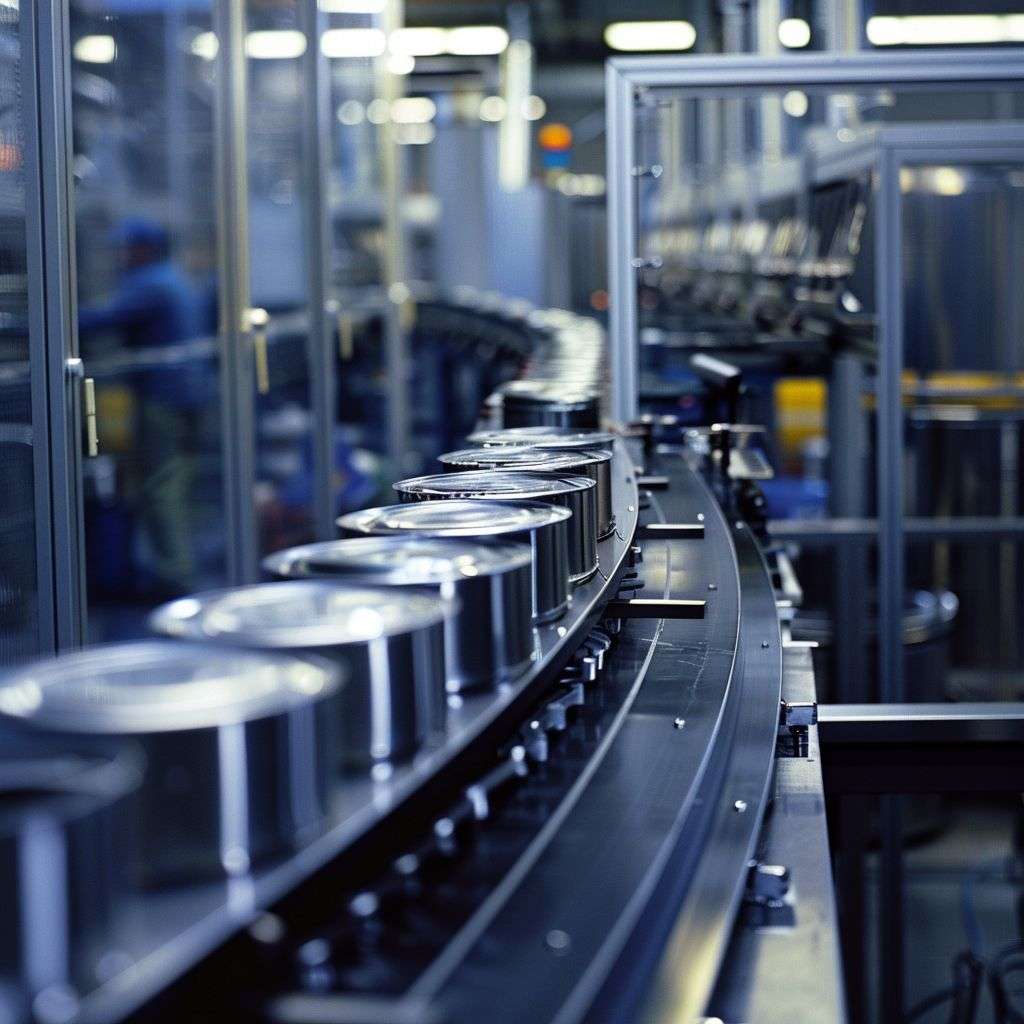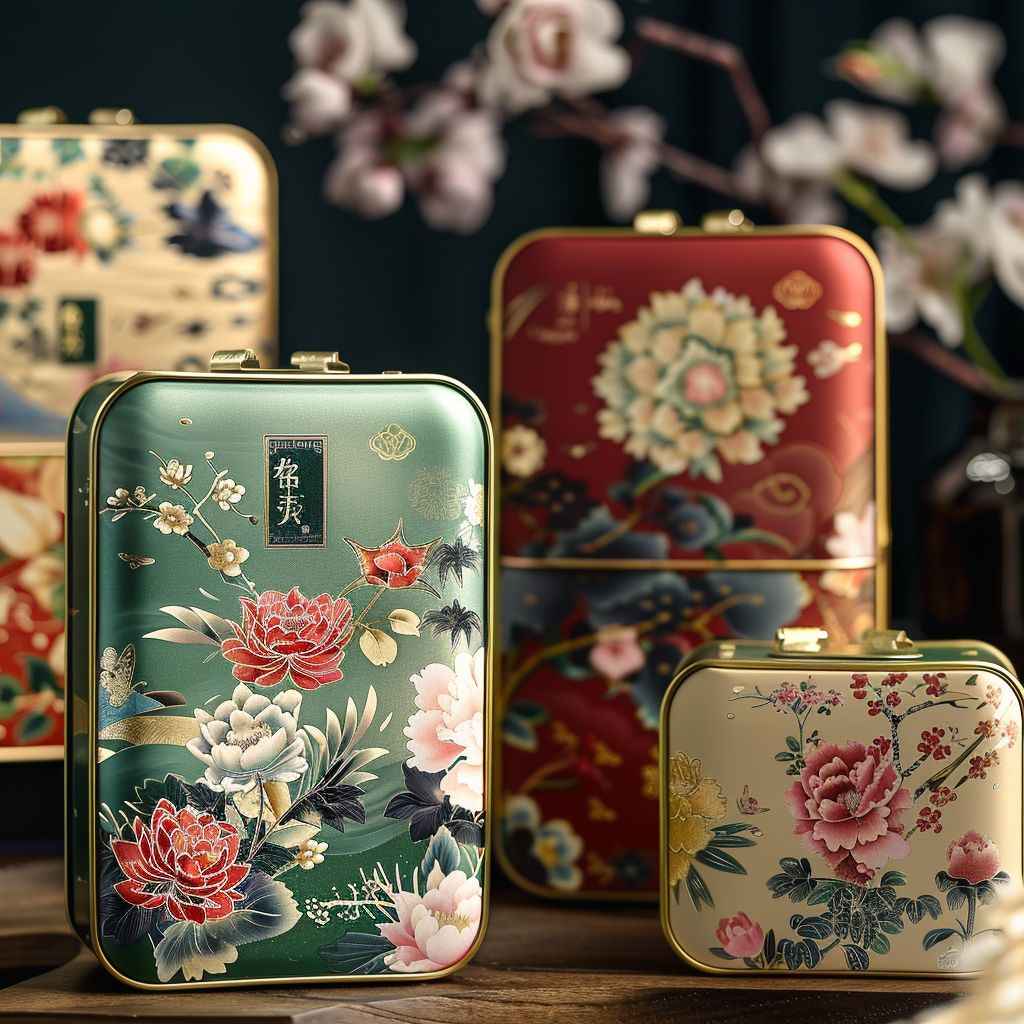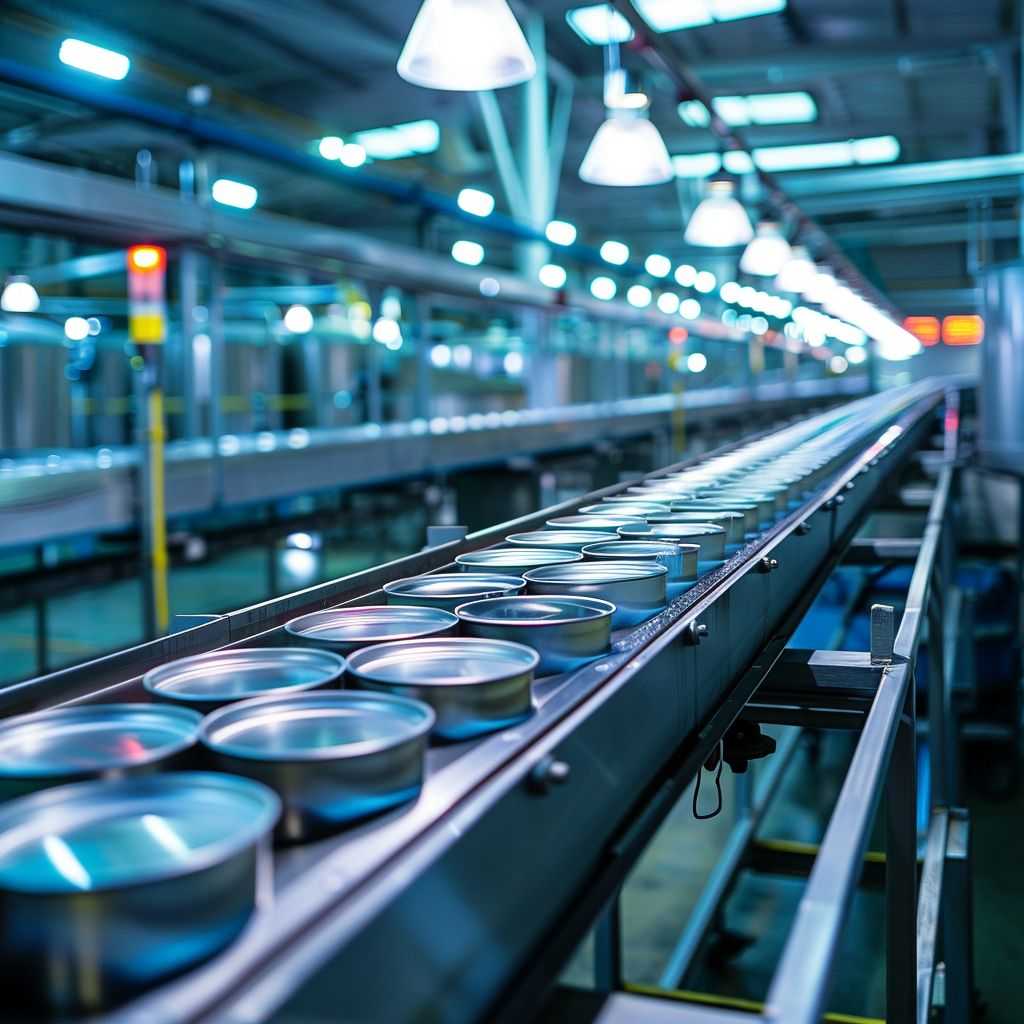Copper is susceptible to corrosion after long-term exposure in wet environments, so tin plating helps protect it and extend its lifespan.
Tin coating helps improve copper’s resistance to oxidation while maintaining its electrical conductivity and providing for easier soldering. Plus, its matte surface enables easier soldering!

Corrosion Resistance
Copper naturally resists corrosion from air and water sources, but tin plating provides additional protection. Many manufacturers opt for this coating on large electrical components in order to extend their life expectancies – this is particularly important when used as a breaker component that distributes current within power panels, automotive batteries or electronic devices.
Tin can form an intermetallic layer on copper surfaces to keep oxygen away. Tin also forms a barrier against damage, corrosion, and environmental hazards – in addition to being less brittle than copper and less likely to wear off over time.
Tin plated copper is easier to solder than its unplated counterpart, making it an attractive choice for electrical terminals and battery connectors that must withstand high temperatures. Furthermore, it is used in power distribution systems, power equipment installations and solar panel connections.

Selection of an appropriate type of tin for your application is crucial as not all types of tin are suitable for every task. Although general-purpose tin may serve most uses, sometimes other metals or alloys such as silver- or gold-tin may be more suited. Silver and gold alloy tin have higher melting points that allow it to withstand higher temperatures more effectively, thus increasing lifespan of bus bars.
As part of their selection, other factors to keep in mind when selecting a tin finish include electrical conductivity and solderability. Although bare copper offers better conductivity than its tinned counterpart, it may oxidize quickly under wet and hot environments and quickly corrode away. Tin plating often provides better protection from such effects while offering more secure solder joints for soldering applications.
Electroplating components with tin typically involves submersion in a bath of tin-rich solutions, making sure all oil or grease has been removed prior to entering the solution. Vibratory plating offers another alternative option for larger parts that cannot be manually placed into the solution: placing them into a basket filled with metal buttons in the solution where a vibration generator creates vibrations which cause them to make contact and form an even coat of tin plating; this type of plating can provide stronger coverage in harsh environments due to producing an even coat of plating.

Electrical Conductivity
Copper has long been the go-to material for electrical components due to its superior conductivity, malleability, strength and corrosion resistance properties. Copper continues to gain in popularity thanks to its versatility and cost effectiveness, yet for further improving performance and durability tin is often added as a coating on top of it, creating tin-plated copper which protects it against corrosion while still offering high electrical conductivity properties.
Hot dipping and electroplating are two methods used to coat copper wire in tin, providing moisture resistance and chemical corrosion protection – ideal for applications that expose it to moisture or chemicals such as those found in electronics manufacturing environments. Electroplating uses an electrolytic process to deposit layers of tin onto copper, with copper acting as the cathode and tin acting as the anode – creating an impregnation layer between them both that provides an added level of security against oxidization.

Dependent upon the type of tin used, its coatings can have various properties that vary with use, including corrosion resistance, solderability and mechanical strength. Although certain varieties of tin may be more toxic than others, toxicity does not pose an issue for all applications; its coating also protects copper against damage caused by heat making it ideal for high-powered uses.
While bare copper naturally resists oxidation well, in environments with harsher environments it needs extra assistance from its surrounding. A protective tin layer acts as an additional shield and keeps copper safe from moisture, acids and high temperatures; providing added safety and longevity to wire that would otherwise quickly degrade.
Tin coating makes the wire easy to solder, which is crucial when working with electrical wiring systems and can reduce costly replacements over time. Tin-plated copper wires are used across a range of industries such as printed circuit boards (PCBs), renewable energy production and telecom services – not forgetting modern vehicles where electronic components connect power and ground connections, providing electrical energy distribution throughout their engines and other systems.

Solderability
Copper wires are excellent conductors, yet can become worn over time due to oxidization and erosion, reducing its electrical conductivity in some applications. To combat this problem, tin can be applied directly onto copper surface to act as an oxygen barrier and prolong its life in harsh environments.
Tin is easier to solder than copper, making it ideal for electronics applications. This improved solderability saves both time and money in manufacturing processes by eliminating additional steps required for prepping copper for soldering. Furthermore, its corrosion-resistance makes tin more durable than copper.
Tin-plated copper offers many advantages, but it also comes with drawbacks. First of all, its application may contaminate copper surfaces causing soldering issues to interfere and local defects to form within its layers. To prevent this issue it is crucial that plating systems do not contain codeposited organics.

Soldering tin-plated copper at high temperatures is another source of concern, as this can damage its surface tin plating and lead to an IMC formation. To reduce soldering temperature and avoid IMC formation altogether, using a nickel undercoat and decreasing soldering temperatures are two possible solutions.
Copper’s excellent conductivity and adaptability makes it useful in many different applications, while its durability and corrosion resistance makes tinned copper the better choice for use in outdoor settings. Each has their own benefits and drawbacks; however, tinned copper is preferred due to its longer service life and corrosion protection capabilities. Tin is also more cost-effective than other metals, making it an attractive choice for industrial applications.
Since bare copper can be susceptible to oxidation, having its surface protected with a thin tin coating helps protect it against harmful elements while improving solderability. Tin does have some drawbacks, however. These include its low thermal conductivity and toxicity. To address these concerns, it’s crucial to store tin-plated copper wire at temperatures under 30C with humidity below 30% for best results; otherwise it will deteriorate over time and become unusable.

Price
Copper is an essential non-ferrous, semi-precious metal used in our everyday lives in areas such as electricity and plumbing. Thanks to its high ductility and malleability, which make it easier for workers to work with it and shape it into various shapes, copper also boasts good electrical and thermal conductivity as well as being corrosion resistant – qualities which have enabled it to find use across industries, from construction and industry through transportation and consumer products. Copper’s durability enables reuse without loss in strength or integrity over multiple uses while its eco-friendliness allows recycling from one product into another without losing value or quality!
Tin-plated copper can be an efficient way to protect large electrical components from corrosion and extend their longevity, such as transformers. Tin plating protects these transformers from oxidization and corrosion, ultimately saving companies money through reduced repairs or replacement needs.
Tin plated copper wire can also be a cost-effective choice for electrical wires, offering numerous advantages that make it more valuable than plain copper wire. Tin plating provides more durability and weather resistance, better solderability and corrosion protection compared to its copper counterpart, making tin plating suitable for marine and underwater applications.

When purchasing tinned copper, it’s essential that you find a reputable supplier. Look for one who is experienced working with this material, meets all safety regulations, and offers various options such as diameter and length sizes so that you can find exactly the wire for your specific application.
Reputable suppliers also offer competitive pricing for tin plated copper scrap. You can search online or contact local scrap yards directly and inquire about their prices; asking multiple yards at once increases the odds that you will get an honest offer for your copper.



